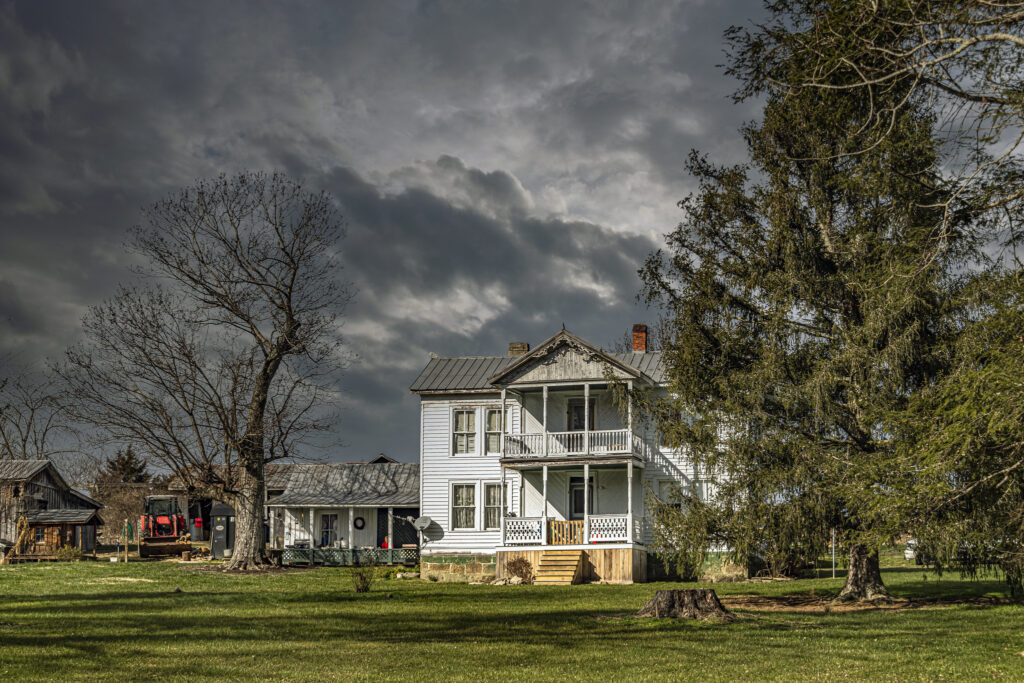
Many back road photos are impossible to plan ahead, as they are found subjects at a point in time. Often, we won’t be back to the location, at least in the immediate future, so we have to make the best of the situation, or not get the shot.
ENVIRONMENTAL FACTORS – I like cloudy days, with somewhat even lighting. That evens the chances that any given subject won’t be harshly lit by the sun, have deep shadows, or be back lit to an excessive degree. Also, clouds make a pleasant background, as opposed to stark blue skies. Early morning and evening light is also generally pleasing.
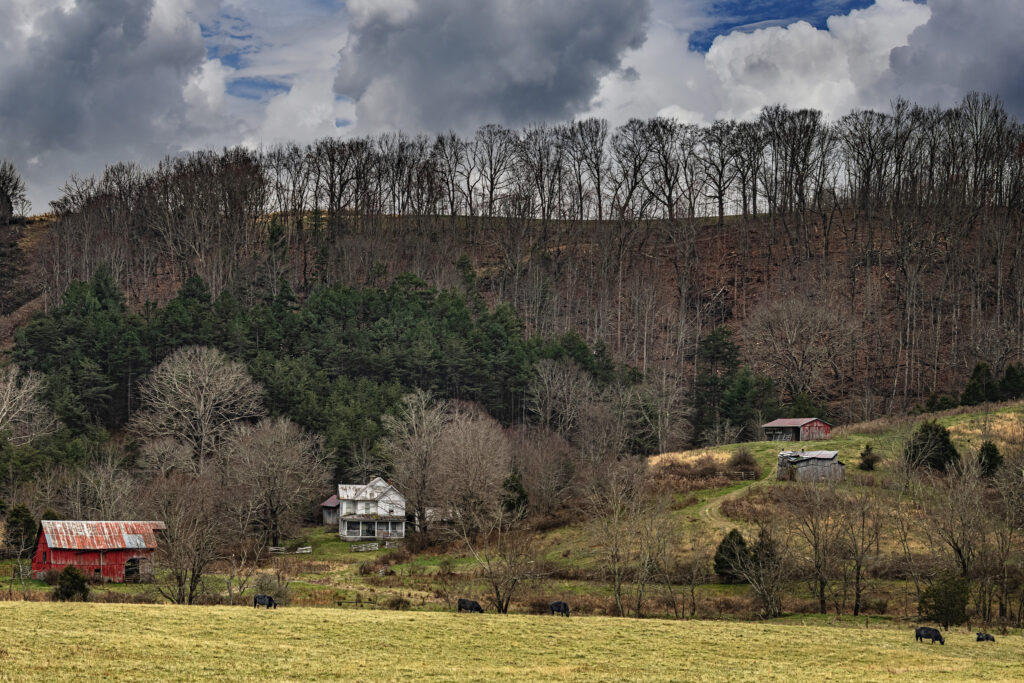
EQUIPMENT – Know your camera and how to operate it. I shoot everything in RAW format. Shooting in RAW gives a photographer the option to closely control aspects of exposure, shadow, highlights, sharpness, color, saturation, clarity, and other aspects of a photo before converting it to a more usable, final format. When you shoot in jpeg mode, these decisions are largely made for you by the camera, A jpeg image straight out of the camera may look just fine, but you have limited options when editing, if changes are needed.
I have lenses that range from super wide to telephoto. I always carry at least two full-frame camera bodies, one with a 17-35mm zoom, the other with a 28-300mm zoom with image stabilization. These are adequate for 90 plus percent of all the photos that I shoot. I do have other lenses and camera bodies, but they don’t see as much use.
A tripod comes in handy at times, especially if shooting at low ISOs with a telephoto lens, even with image stabilization. I sometimes use a monopod, which is more convenient than a tripod, but not as stable. Some photographers brace themselves against a solid object, or rest the camera on a fence post, wall, or other object found around them. Back Road photos need to be sharp, so find a method of stabilization that works for you. In the worst case scenario, you can usually raise the camera ISO by a couple of stops to get a faster shutter speed without severely compromising an image.
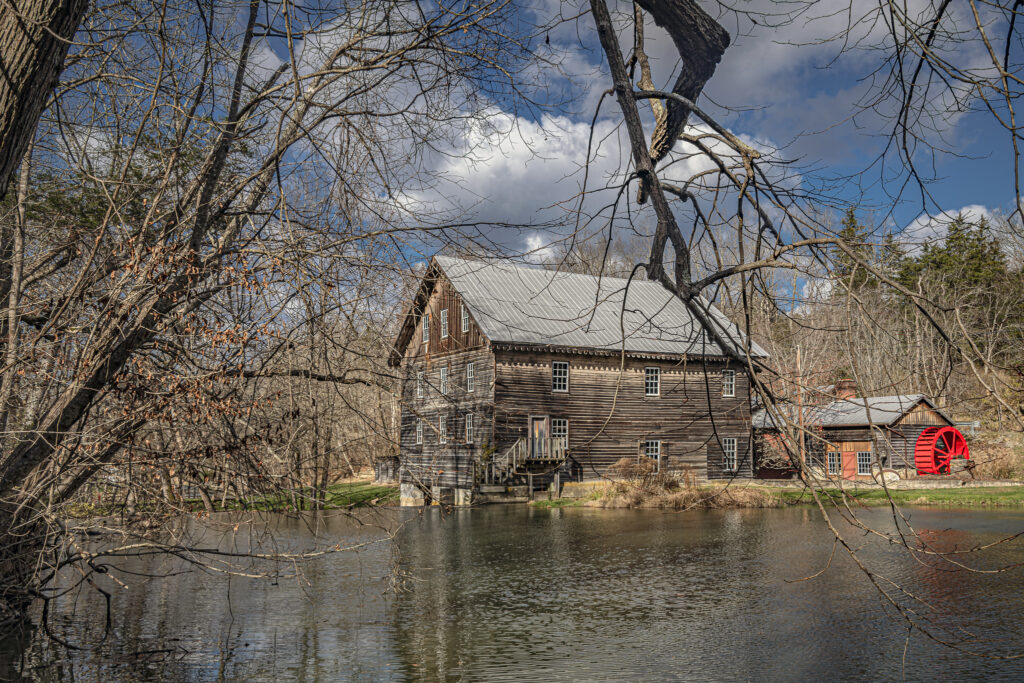
COMPOSITION – I see lots of photos of old homes, barns, churches, and the like, that are closely cropped to fill the frame. I would much rather see a photo of a subject in it’s environment. Maybe the winding road to a house, mountains in the background, cattle in the field, and aged fence posts that may have mark a property boundary. They tell the story. Close ups of archectural elements and interiors can make for interesting photos, too.
I shouldn’t have to say it, but if you don’t have permission to be on a property, get it before entering. Many of my images are made from the open window of my truck, along a public road, with little to no traffic.
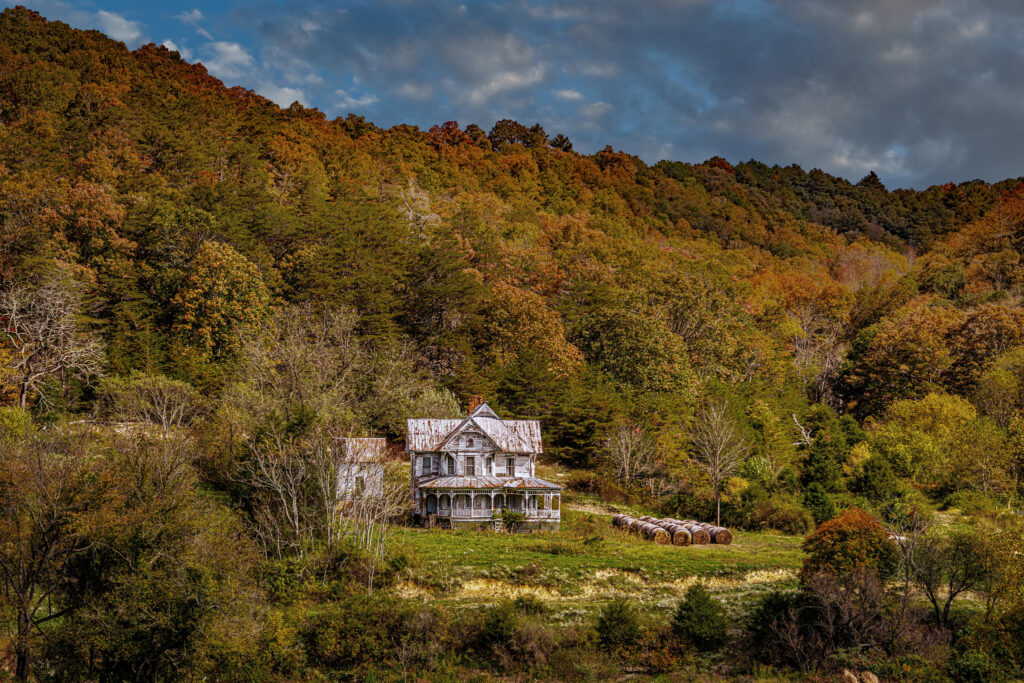
PHOTO EDITING – Know your editing software – You can take the best back road photo in the world, but if you don’t know how to edit it to take advantage of its RAW properties, you are likely to end up with an average, or uninteresting image that anyone could have taken. I use Adobe Lightroom and Photoshop. That’s my choice, as I’m proficient enough with them to get the type of completed images that I want. There are numerous other photo editors out there, and its a personal choice.
A good photo can be ruined by power lines going across a frame in front of a subject. I often remove these distractions in Photoshop. What I shoot is not supposed to be an exact documentation of the subject, and I’m not shooting news photos, so I don’t have a problem with these modifications. After all, it is art.
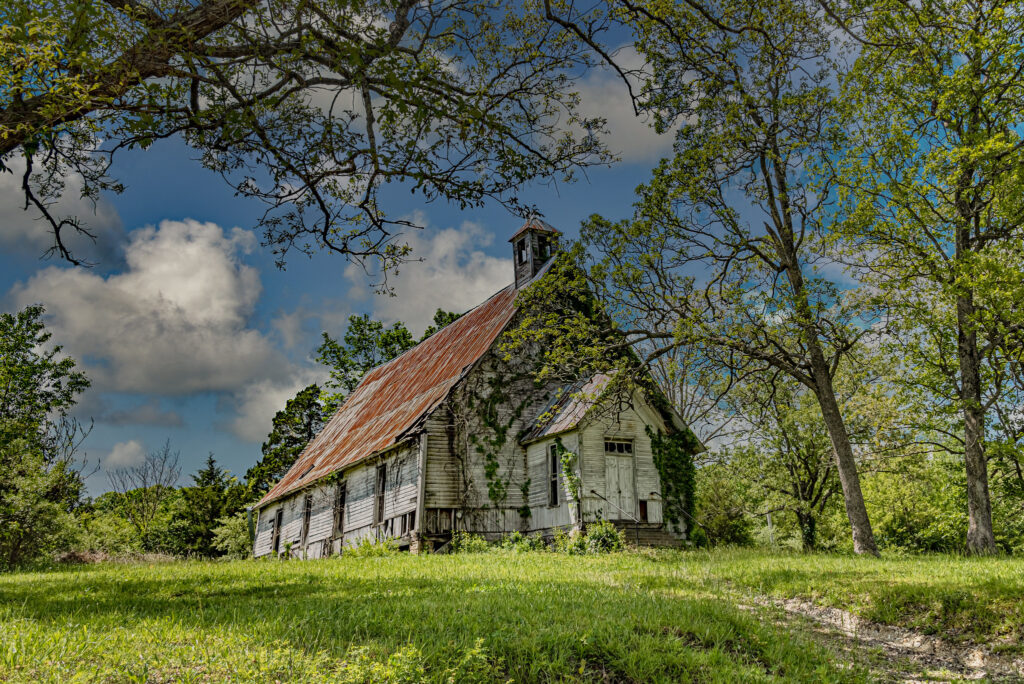
SHARING – Once an image is finalized, it is best shared with others. Social media offers many platforms, including Facebook, Flickr, Instagram, or even one’s own web site. Images can be printed and shared the old fashioned way, too. Every photographer should see their own work printed, rather than just on the screen of a phone, tablet, or computer. Bigger is better for wall art, I think.

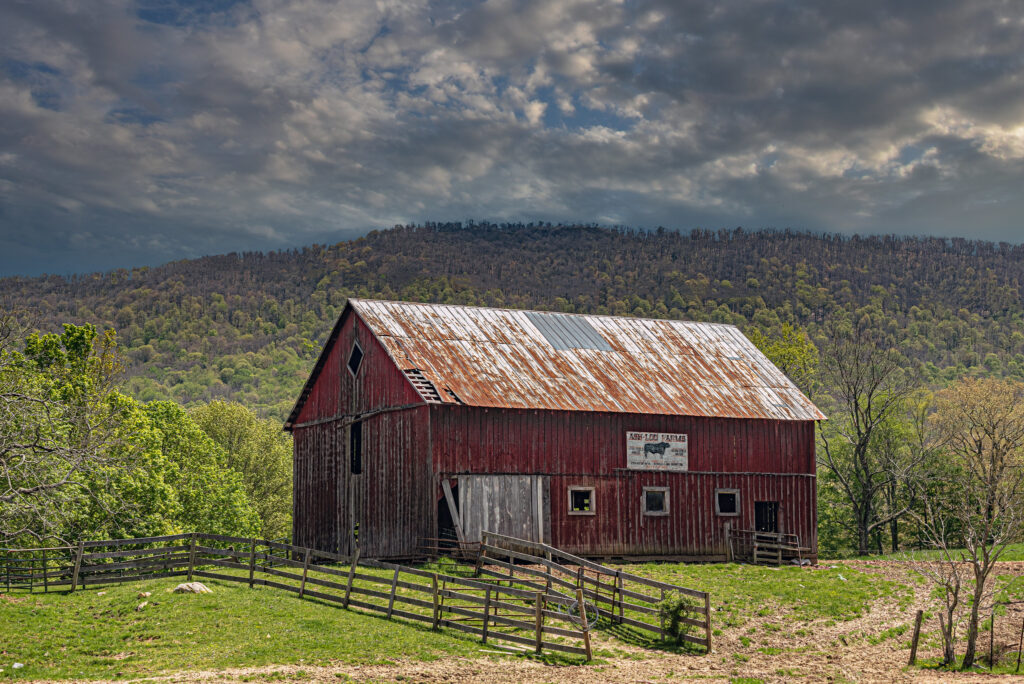

A very good article and I enjoyed it. I have not been shooting in RAW format because I don’t have editing software, but have been thinking I should purchase Adobe Lightroom or Photoshop. I like my Nikon D300 which I usually shoot in manual mode with an 18-105 VR lens. I also have an old D90 which I refuse to give up because it has served me so well for many years. Many of my photographs are taken to use as reference for a watercolor painting, others are photography as the end art form.
I really enjoy your photography; partly because I know so many of the places you photograph but always because they are just really good photographs.
Thanks, John. I’ve seen your extraordinary watercolors, and I’m a fan! I, too, am a Nikon user, but a camera is a camera, and wonderful pictures are taken every day with different makes and models. Editing software and the knowledge to use it, is just as important, I think. Personally, if I could have just one software program, it would some version of Photoshop (Elements or Creative Cloud), as they open RAW formatted photos in Adobe Camera RAW, which offers many of the benefits of Lightroom. Others will prefer different photo editors, and there’s a number to choose from, ranging from free and open source, to commercial branded programs with special features. Thanks again, John. Hope to see you somewhere on the back roads of Monroe County.